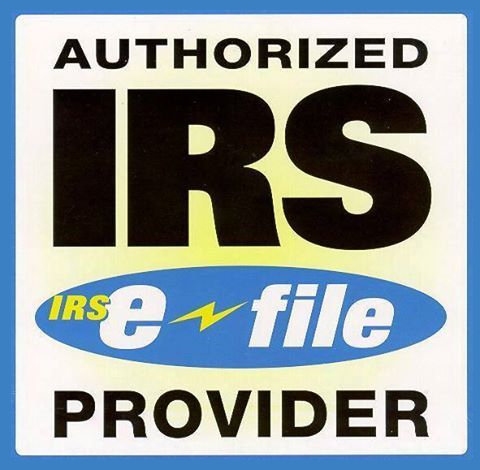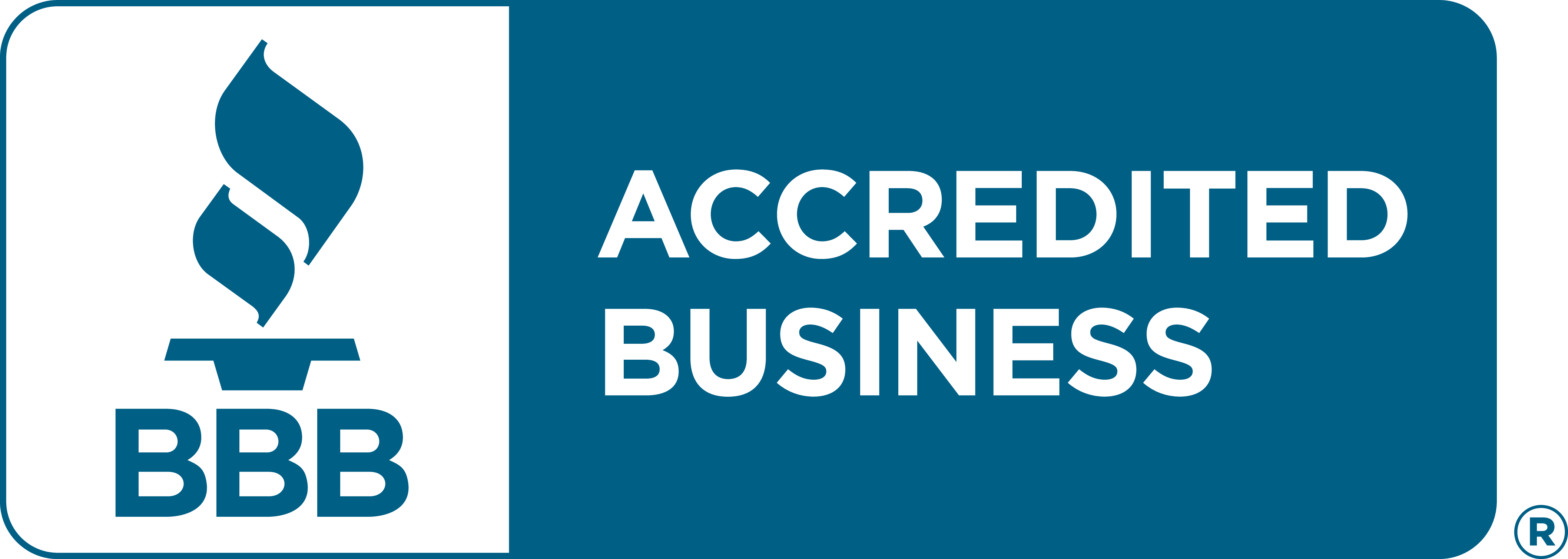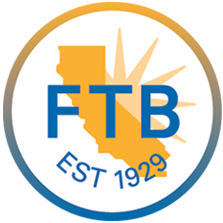IRS Schedule L (Form 1120‑S) Balance Sheet per Books, Assets, Liabilities & Equity Reporting
Excise Tax Forms
Employment Tax Forms
Information Returns
Exempt Org. Forms
Extension Forms
FinCEN BOIR
General
Schedule L, titled Balance Sheet per Books, is an essential section of Form 1120‑S that provides a detailed snapshot of an S corporation’s financial position at both the beginning and end of the tax year. It reports what the corporation owns (assets), owes (liabilities), and retains as shareholders’ equity.
The IRS uses Schedule L to verify that corporate financial reporting in Form 1120‑S accurately aligns with the business’s actual books and records. Accurate completion of Schedule L ensures compliance, financial transparency, and consistency across related schedules like Schedule M‑1 (Reconciliation of Income) and Schedule M‑2 (Analysis of Accumulated Adjustments Account).
What Is Schedule L (Form 1120‑S)?
Schedule L serves as the corporation’s balance sheet per its accounting books, not simply the tax return data. The reported figures must match the corporation’s official financial statements—showing real-world values for assets, liabilities, and equity.
The IRS examines Schedule L to assess:
- Whether changes in retained earnings reconcile with income reported on Form 1120‑S.
- Whether deductions, credits, and reporting across parts of the return appear consistent.
- Whether shareholder equity aligns with distributions or capital contributions reported elsewhere.
This balance sheet presentation provides the foundation for reconciling accounting income to taxable income, a critical step in ensuring that Schedule M‑1 and M‑2 are accurate.
Key Components of Schedule L
Schedule L is divided into three main categories: Assets, Liabilities, and Shareholders’ Equity. These categories represent the fundamental structure of your corporation’s balance sheet.
1. Assets
Assets on Schedule L are reported at both the beginning of the year (BOY) and end of the year (EOY). They include:
- Current assets: cash, accounts receivable, inventories, and short‑term investments.
- Fixed assets: tangible property such as buildings, equipment, furniture, and accumulated depreciation.
- Intangible assets: goodwill, patents, trademarks, and digital assets (like cryptocurrencies).
- Other assets: prepaid expenses, deferred charges, and long-term receivables.
Proper valuation and classification ensure accuracy and IRS consistency. For depreciable and amortizable property, the basis and accumulated depreciation must be updated from prior-year returns.
2. Liabilities
Liabilities represent what the corporation owes. These are categorized as:
- Current liabilities: accounts payable, short‑term loans, credit lines, and accrued expenses.
- Long-term liabilities: mortgages, bonds, or notes payable that extend beyond one year.
- Shareholder loans: advances or debts between shareholders and the corporation, which must be reported accurately to avoid reclassification as dividends or capital entries.
Clear separation between current and long-term obligations ensures transparency about the corporation’s liquidity and solvency.
3. Shareholders’ Equity
This section reflects the residual value held by shareholders after subtracting liabilities from assets. It includes:
- Common stock and additional paid-in capital
- Retained earnings and accumulated adjustments account (AAA)
- Other equity accounts like previously taxed income or accumulated earnings and profits (E&P) from prior C‑corporation years
Changes in equity from the beginning to the end of the year should align with income reported and distributions made.
Who Must Complete Schedule L?
Most S corporations are required to complete Schedule L; however, small corporations may be exempt under the following criteria:
A corporation does not need to complete Schedule L (and Schedule M‑1) if both of these are true:
- Total receipts for the tax year were less than $250,000, and
- Total assets at the end of the tax year were less than $250,000.
These exemptions are addressed in Schedule B, Line 11 of Form 1120‑S. If a corporation does not meet both thresholds, it must complete Schedule L and reconcile results with other schedules.
Relationship Between Schedules L, M‑1, and M‑2
Schedules L, M‑1, and M‑2 are closely linked:
- Schedule L shows beginning and ending balances for assets, liabilities, and equity.
- Schedule M‑1 reconciles book income with taxable income using Schedule L totals.
- Schedule M‑2 analyzes changes in retained earnings (Accumulated Adjustments Account, Other Adjustments, and E&P).
A mismatch among these schedules is a common cause of IRS notices and audit red flags.
Filing Deadlines
Schedule L must be filed together with Form 1120‑S.
| Entity Type | Main Return | Filing Deadline (Tax Year 2025) | Extension Form |
|---|---|---|---|
| S Corporation | Form 1120-S | March 16, 2026 | Form 7004 |
Common Mistakes to Avoid
| Error | Consequence | Correction Tip |
|---|---|---|
| Mismatched beginning and ending balances | IRS inquiry or rejected filing | Always start with prior‑year ending balances. |
| Omitted depreciation or amortization | Overstated asset values | Reconcile with depreciation schedules (Form 4562). |
| Incorrect classification of shareholder loans | Possible reclassification as dividends | Maintain loan agreements and payment records. |
| Misalignment with Schedule M‑1 or M‑2 | Audit risk or IRS mismatch notice | Prepare Schedule L prior to M‑1 and M‑2. |
Best Practices for Schedule L Compliance
- Maintain accurate bookkeeping and year‑end reconciliation throughout the accounting year.
- Record all accounting adjustments before preparing Schedule L.
- Ensure totals reconcile with income statements, retained earnings, and shareholder basis.
- Use accounting software or e‑filing solutions like TaxZerone to automatically populate Schedule L with your bookkeeping data.
Frequently Asked Questions (FAQs)
1. What is Schedule L used for?
Schedule L reports the S corporation’s assets, liabilities, and shareholder equity as reflected on the company’s books.
2. Who must file Schedule L?
All S corporations unless they have receipts and assets below the $250,000 threshold.
3. What if my Schedule L does not balance?
Review retained earnings, distributions, or prior‑year adjustments—imbalances often signal data entry or reconciliation errors.
4. When must Schedule L be filed?
It is filed with Form 1120‑S by the corporate tax deadline (March 15 or March 17 if on a weekend), with extensions available via Form 7004.












